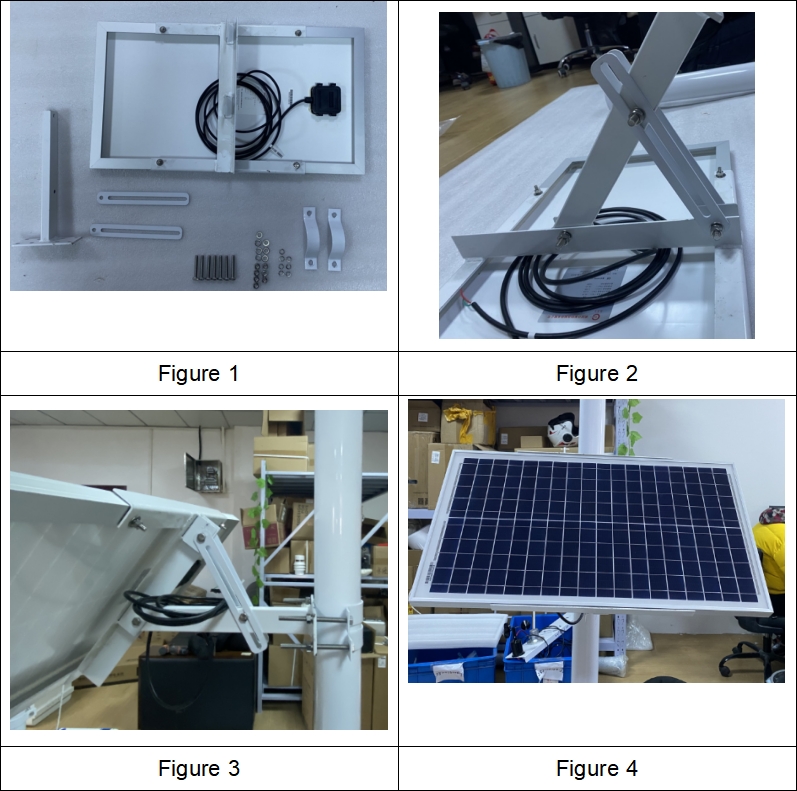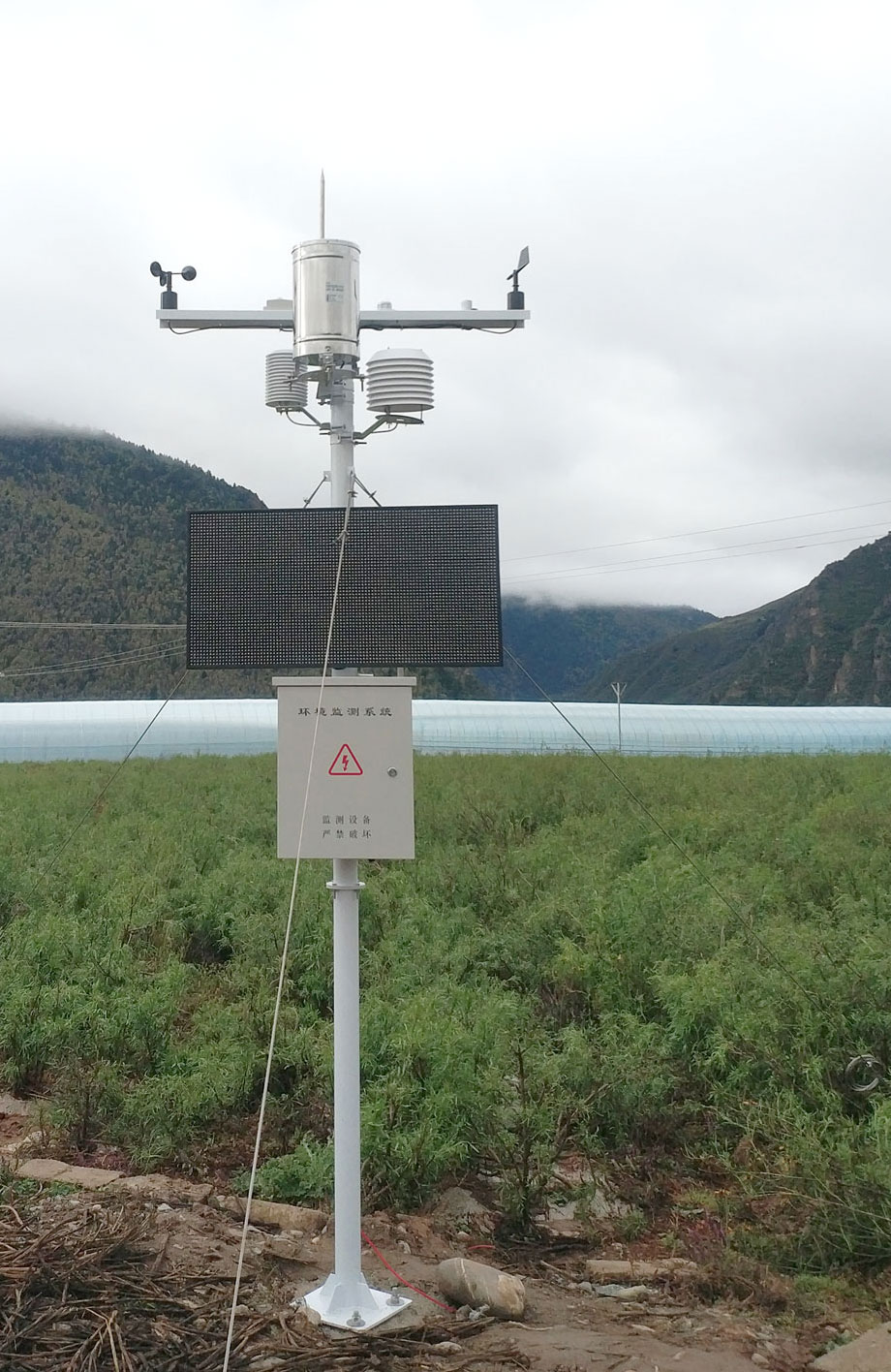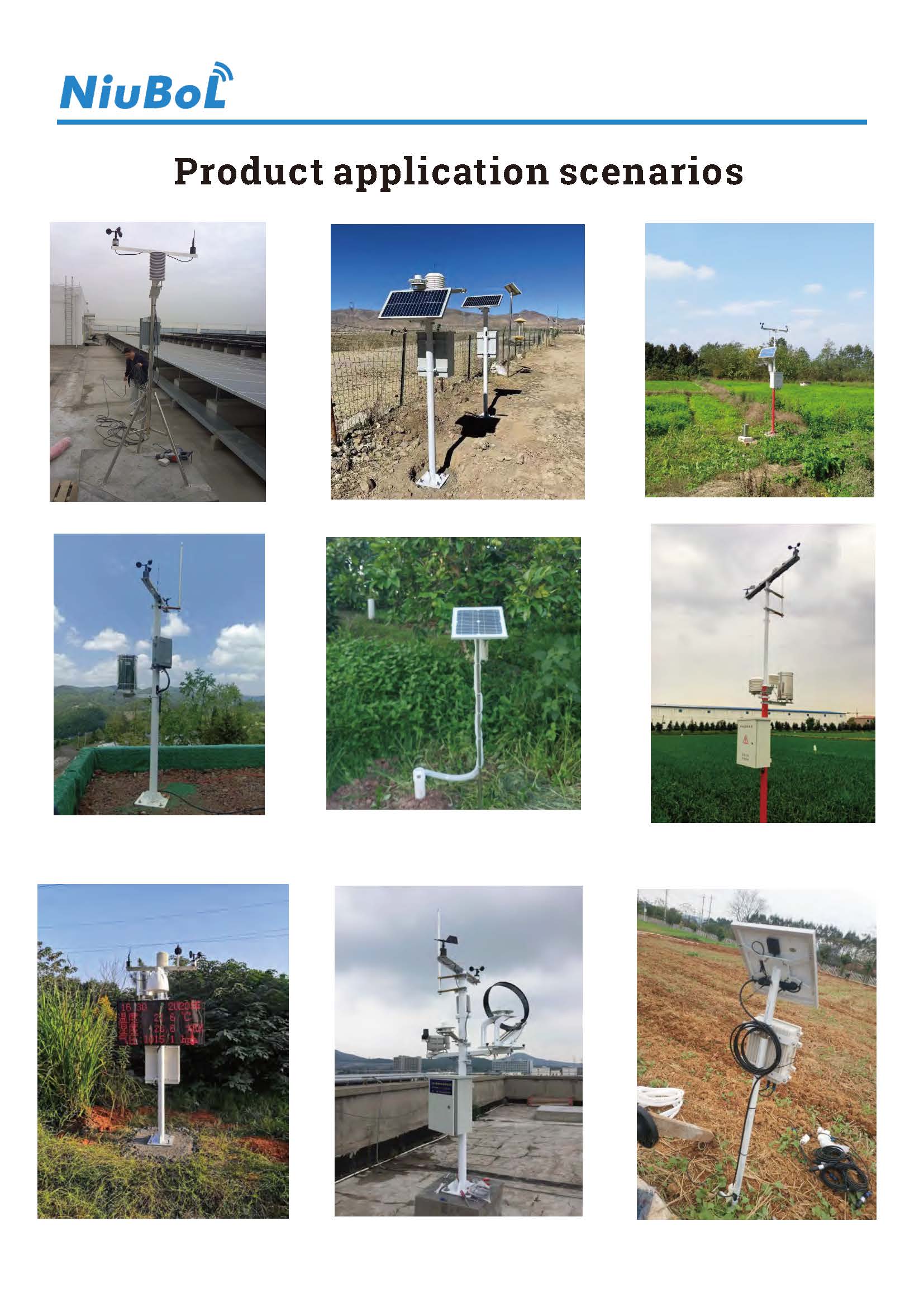

— Blogs —
—Products—
 Consumer hotline +8618073152920
Consumer hotline +8618073152920 WhatsApp:+8615367865107
Address:Room 102, District D, Houhu Industrial Park, Yuelu District, Changsha City, Hunan Province, China
Product knowledge
Time:2025-02-16 18:03:52 Popularity:185
Batteries are a central component of weather station equipment, where their performance and safety directly affect the accuracy of data collection and the stability of device operations. To ensure the efficient operation of weather station equipment, here is a comprehensive guide on battery safety usage, applicable for users worldwide.
- During handling, apply force evenly to the battery casing to avoid damaging internal structures.
- Avoid violent shaking or impact to prevent internal short circuits or physical damage.
- Disconnect batteries from any cables when not in use and store them in a cool, dry, ventilated, and clean environment.
- Charge batteries to full before storage to minimize capacity loss due to self-discharge.
- For long-term storage (over 3-6 months), periodic recharging is recommended to maintain battery health.

- Do not mix new and old batteries. Ensure uniformity in battery pack performance.
- When using batteries in series or parallel, only connect those with identical actual capacities to maintain system stability.
- Securely fasten battery cables to prevent loose connections or sparks due to poor contact that could degrade performance.
- Use insulated tools for installation to avoid electric shock.
- Install batteries in dry, well-ventilated areas, away from direct sunlight and high temperatures to reduce heat accumulation.
- Ensure the installation site is far from heat-generating devices or other heat sources to prevent performance degradation due to high temperatures.
- Maintain adequate spacing (approximately 10mm) between batteries to promote air circulation and prevent overheating.

- Over-discharging can harm the internal structure of the battery, shortening its lifespan. Monitor battery levels regularly and recharge promptly.
- The optimal operating temperature range for batteries is 20°C to 50°C. Exceeding this range can reduce battery performance or pose safety risks.
- Recharge batteries immediately after discharge to avoid prolonged idleness.
- Do not disassemble sealed batteries to prevent the risk of electrolyte leakage.
- If accidentally exposed to harmful substances like sulfuric acid, rinse thoroughly with water and seek medical attention.
- Monthly Check: Monitor total voltage and adjust to the recommended float charge level.
- Biannual Check: Evaluate individual cell voltages. If anomalies persist for 1-2 months, replace the battery.
- Annual Check: Ensure battery connections are tight; tighten bolts if necessary to maintain stable electrical connections.

The safe use of batteries is crucial for ensuring the effective operation of weather station equipment. From handling and storage through installation and daily maintenance, each step must adhere to strict guidelines. Proper management and regular checks can significantly extend battery life, ensuring accurate data collection and transmission for weather stations.
This guide aims to provide comprehensive advice to global users, aiding in the long-term stable operation of weather station equipment, thereby supporting reliable meteorological monitoring services for agriculture, education, and engineering management sectors.
Prev:Reasons for Inaccuracy in Small Weather Stations and Solutions
Next:Small Weather Stations: Precision Assistants for Agricultural Planting
Related recommendations
Sensors & Weather Stations Catalog
Agriculture Sensors and Weather Stations Catalog-NiuBoL.pdf
Weather Stations Catalog-NiuBoL.pdf
Related products
 Combined air temperature and relative humidity sensor
Combined air temperature and relative humidity sensor Soil Moisture Temperature sensor for irrigation
Soil Moisture Temperature sensor for irrigation Soil pH sensor RS485 soil Testing instrument soil ph meter for agriculture
Soil pH sensor RS485 soil Testing instrument soil ph meter for agriculture Wind Speed sensor Output Modbus/RS485/Analog/0-5V/4-20mA
Wind Speed sensor Output Modbus/RS485/Analog/0-5V/4-20mA Tipping bucket rain gauge for weather monitoring auto rainfall sensor RS485/Outdoor/stainless steel
Tipping bucket rain gauge for weather monitoring auto rainfall sensor RS485/Outdoor/stainless steel Pyranometer Solar Radiation Sensor 4-20mA/RS485
Pyranometer Solar Radiation Sensor 4-20mA/RS485
Screenshot, WhatsApp to identify the QR code
WhatsApp number:+8615367865107
(Click on WhatsApp to copy and add friends)